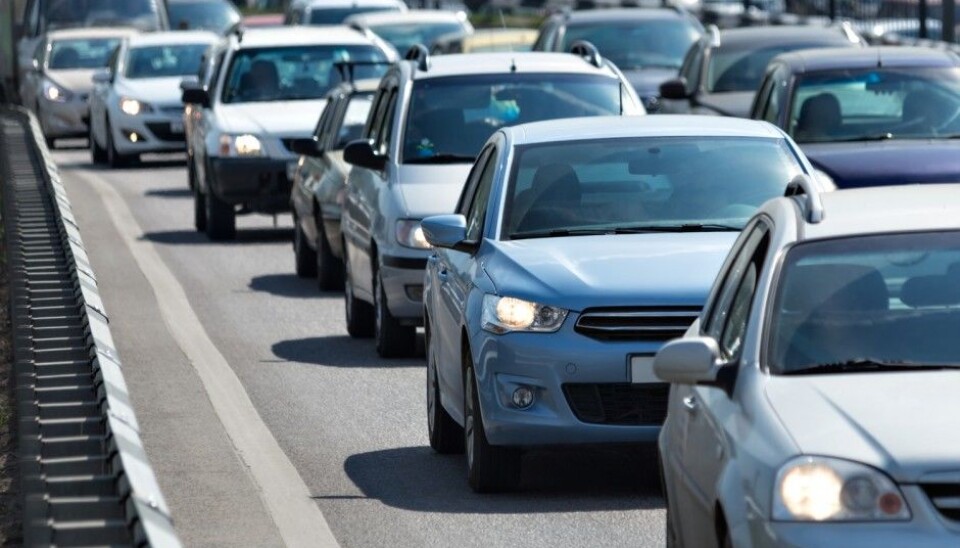
Why Norwegian drivers are slowing down
Norwegian drivers have been reducing their speeds year by year. Not surprisingly, baby-boomers and their older brothers and sisters are getting the blame. Researchers hit the roads to look into the matter.
Norwegian traffic authorities have found evidence several times in recent years that drivers are slowing down.
Figures from traffic counting stations and radar devices placed round the country show that where the speed limit is 80 km/h the average velocity of vehicles has gone down about 1 km/h in the past five years.
That’s not much, but it is a clear break with what was happening for several decades – when mean speeds were rising year by year.
Monitored and interviewed
In a study traffic researchers interviewed 204 drivers who had passed the traffic and speed counting spots. They also registered licence plates, which enabled them to access the Norwegian Public Roads Administration’s vehicle registry for data about the 3,750 cars and drivers that drove by during the test.
One of the goals of this study was to find out how much impact the increased share of older drivers has had on this slowdown.
Raised age not the most critical
“We concluded that higher ages among drivers account for about 25 percent of the speed reduction. Most of it can be attributed to other factors,” says Researcher Torkel Bjørnskau at the Norwegian Centre for Transport Research (TØI).
One of these factors is pretty obvious – drivers are being forced to slow down because of the rising number of cars on the roads.
But there are also fewer speed demons and reckless drivers on Norwegian roads, even when lanes ahead are not congested.
The researchers are uncertain about why. A possible explanation is an increase in automatic speed cameras. Traffic tickets are very costly in Norway. Perhaps media focus on traffic safety and the increased danger of higher speeds has had some effect.
Older drivers slow down others
But the researchers are still uncertain about how significant age is in the slowing down of driving. Its effect appears to be largely on other drivers stuck behind the old guys and gals.
The slow-down is not just a matter of the older drivers holding lower speeds. Others often have to do the same once they get behind them.
The general speed limit on a two-lane highway is 80. So roads with that speed limit, often curvy in Norway, are also roads where one car can easily slow down others.
The researchers saw this by measuring the distance between cars. The shortest distance between cars was when someone was right behind a driver over the age of 65.
Older drivers are like mother ducks, with a trail of ducklings close on their tail. They tend to be the first car in a string.
Every other car with a driver over the age of 65 was seen to be slowing down the cars in their trail. This is viewed as a secondary effect. This secondary effect of the elderly behind the wheel comprises about 50 percent of the direct effect.
Gender, motor size and car models
The study also found that cars with an owner aged 35-44 drove fastest on average. From there, velocities drop evenly along with increased owner ages.
The researchers also looked at the gender of the drivers. They found no correlation between speeds and the sexes. Men and woman now seem to be velocity-equal.
But they did find that cars with larger motors get driven faster than ones with small motors.
And, also not so surprising, newer cars tend to maintain higher speeds than older cars.
Source:
"Speed and age: Changes in speed level on Norwegian roads with 80 km/h limit” TØI Report 1462/2016 Authors: Fridulv Sagberg and Torkel Bjørnskau. Abstract in Norwegian.
--------------------------------------
Read the Norwegian version of this article at forskning.no
Translated by: Glenn Ostling






























